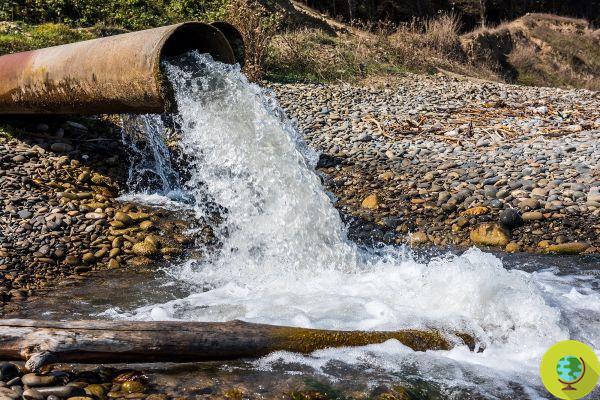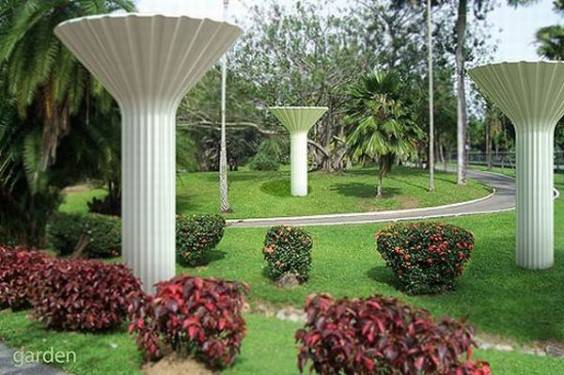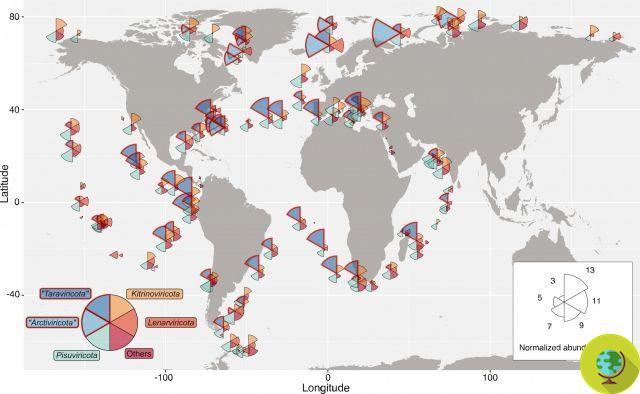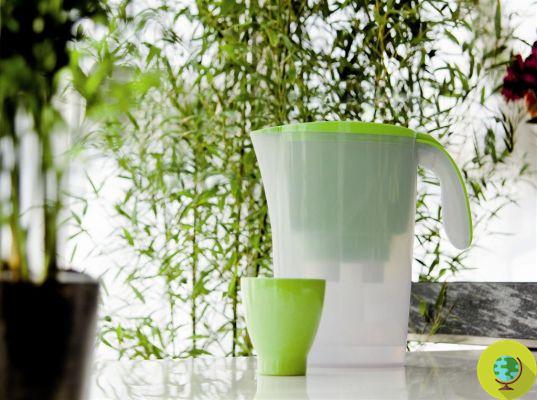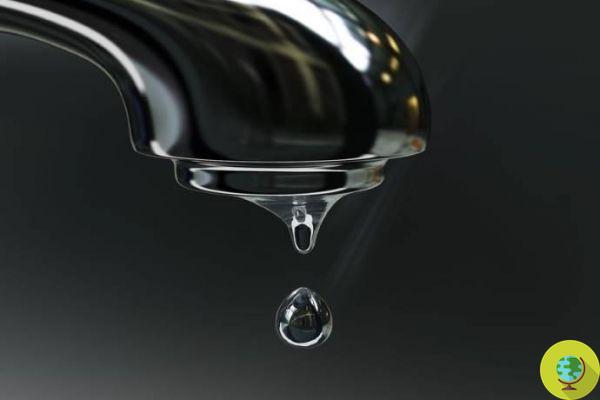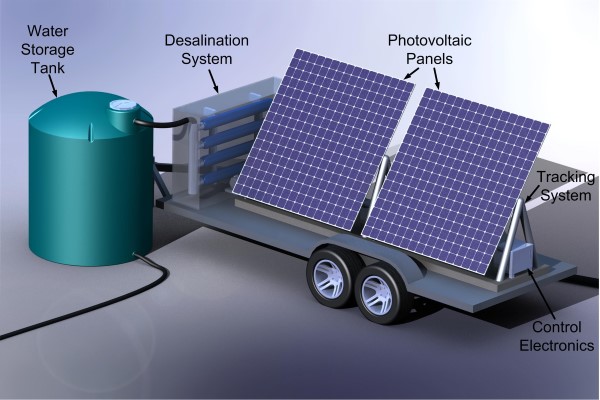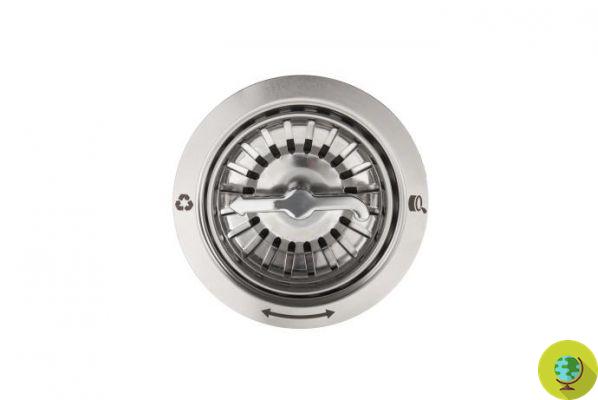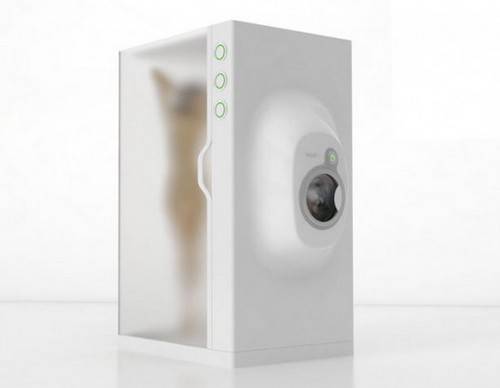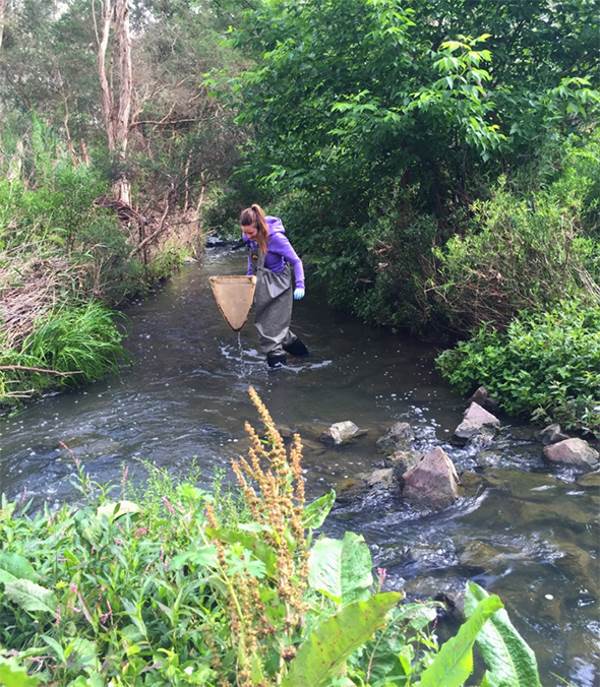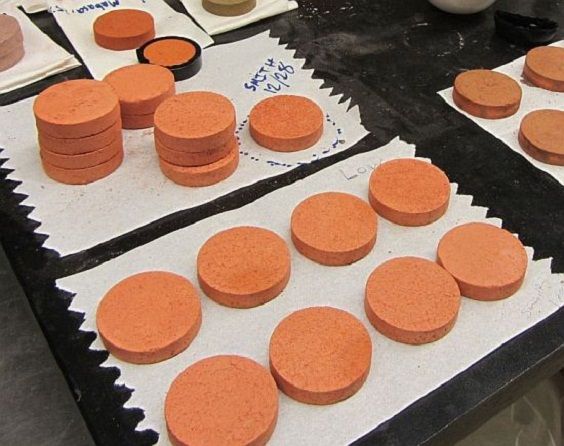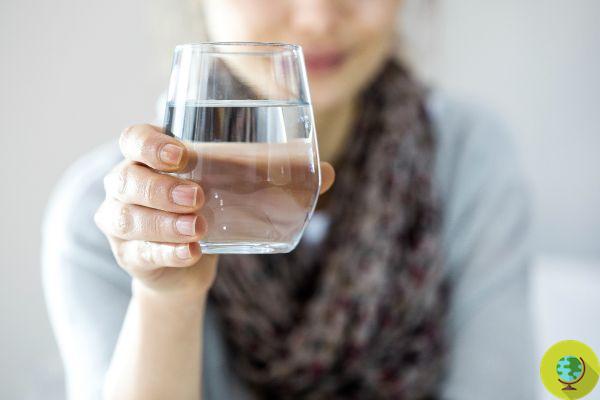
Reverse osmosis and microfiltration are tap water purification systems. Here are all the features and differences.
Water purifiers, which ones to choose? Types and differences between reverse osmosis and microfiltration systems
The water from the tap at home is drinkable and can be used for food. Often, however, the organoleptic characteristics of the water that comes out of the tap are not always excellent and, for this reason, it is necessary install filter systems. Especially in this period that the Bonus for drinking water was approved, a contribution of up to 500 euros for the purchase of water purification systems in order to discourage the use of bottled water. (Read also: Drinking water bonus: what it is, who is it and how to get it)
To simply improve the flavor, simply let it flow for a few minutes before drinking it, or simply use the filter jugs as well; but if you want to intervene on the home tap system there are two different solutions, namely the reverse osmosis and microfiltration.
Index
Reverse osmosis and microfiltration: what they are
Reverse osmosis and microfiltration are the most widespread and used systems for purify drinking water, although among the alternatives we also find the water ionizers that go to modify the Ph.
What are they for? Their function is to eliminate as many substances dissolved in the water as possible, which compromise its taste and organoleptic characteristics.
Reverse osmosis has a filtration capacity ranging from 0,2 to 0,5 microns; this exploits the action of activated carbon to trap the chlorine and the various substances that cause the bad taste of the water.
In reverse osmosis systems there is also one UV lamp or other technologies capable of introducing silver ions, whose purpose is to decrease the bacterial load that develops in the water due to the lack of chlorine. (Read also: The nature-inspired water purification system that could ensure drinking water for all)
Microfiltration, on the other hand, is a much simpler system than the previous one because it works through filters to eliminate all impurities. A advantage is that it manages to eliminate all the substances dissolved and suspended in the water, without changing the organoleptic characteristics.
Differences between microfiltration and reverse osmosis
Microfiltration and reverse osmosis are two very different water purification systems.
Here are the main features that allow us to distinguish them.
Consumption
Reverse osmosis leads to a increased water consumption, because this system is not able to supply the same quantity of incoming water at the outlet; the reason? The part with the impurities ends up directly in the drain.
With microfiltration, on the other hand, all the water passes through the filters and comes out of the tap, with a really reduced water loss.
Machine maintenance
Both water purification systems need one periodic and constant maintenance. For example, if you install a microfiltration system, the filters should be changed at least every six months in order to avoid the proliferation of bacteria. (Read also: The advantages of drinking hot water and how to prepare it (VIDEO)
Purification
As regards the purification level water, the reverse osmosis systems are able to eliminate chlorine, pesticides and all suspended and dissolved substances; with this process, pure, light and pleasant tasting water is obtained. In addition, reverse osmosis reduces the fixed residue by about 96%, but can excessively lower the level of mineral salts.
Also the microfiltration gives a pure water, eliminates suspended substances, without however modifying the level of mineral salts, i.e. hardness.
Obviously, the osmosis system is more complex as it consists of a pressurization pump, inlet and outlet pre-filters, and a remineralization system with storage tank. (Read also: At what temperature should we drink the water to increase its benefits (and weight loss?)
Cost
Between the two systems the most expensive is the reverse osmosis system; even the installation is more complex, since it requires not only the assembly of an accumulation tank but also other components. Hence, the result is increased costs and more hours of work.
Reverse osmosis and microfiltration: which one to choose
orient yourself on the choice, it all depends on your needs. Reverse osmosis breaks down all the impure substances present, and is the best choice if you need to drink very light water.
La microfiltration is less expensive compared to the previous one. It is a system that gives good results, and is able to significantly improve the taste and organoleptic composition of the water.
Both solutions eliminate the annoying taste of chlorine, typical of tap water.
- Follow your Telegram | Instagram | Facebook | TikTok | Youtube
Sull 'water could it be interesting for you:
- Drinking water bonus: what it is, who it is and how to get it
- Drinking water: the new EU directive encourages tap water with stricter limits for pollutants and more transparency in the bill
- From the 110% superbonus to the water bonus: incentives for the environment in the 2021 Budget
- 10 reasons to drink 2 liters of water a day









